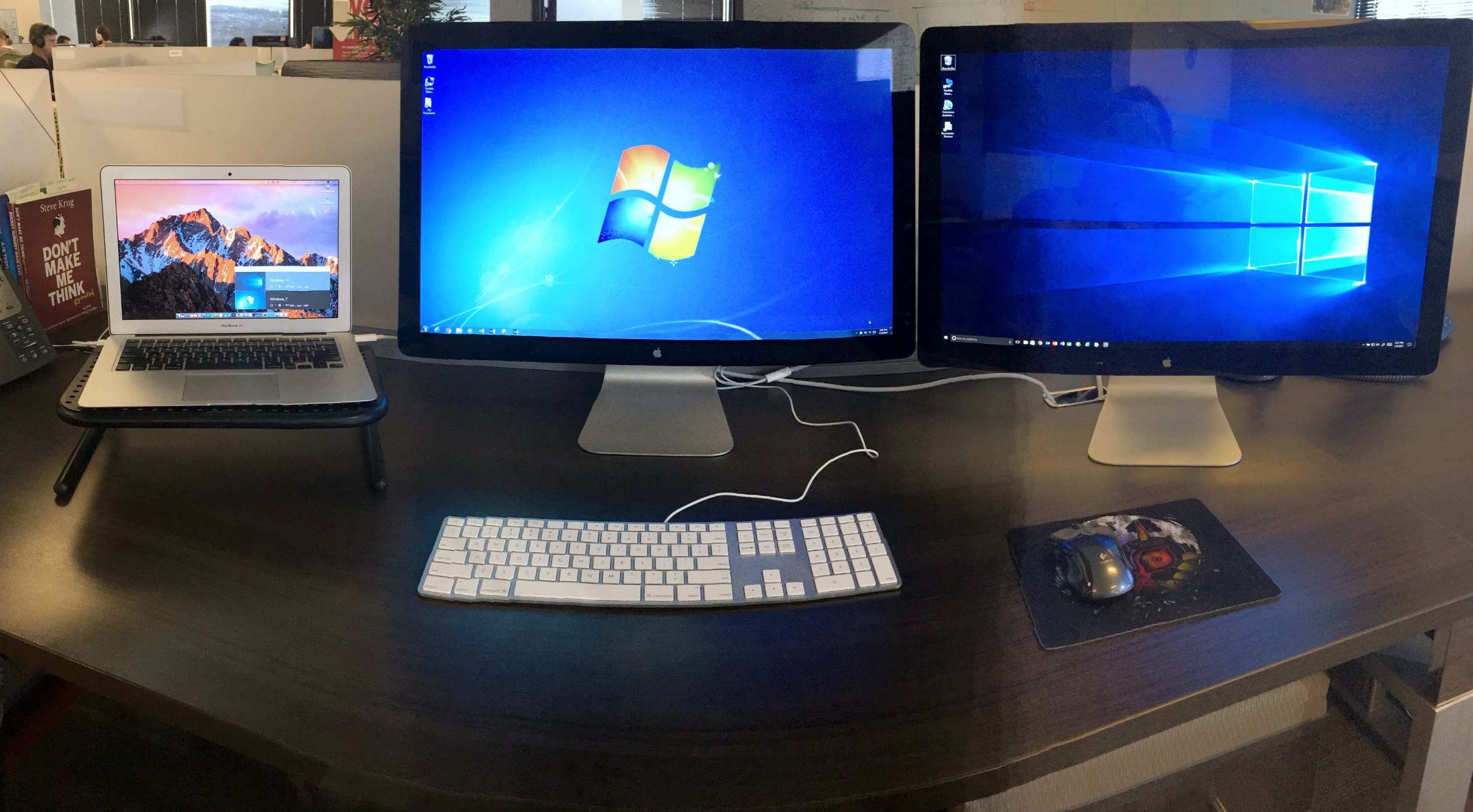Parallels Desktop is the best way to run Windows on your Mac. It offers lots of flexibility when it comes to which operating systems it can run and it offers a customizable experience to make it your own. Fast, Powerful, and Easy Whether you need to run Windows programs that don’t have Mac versions, or you're making the switch from PC to Mac and need to transfer your data, Parallels Desktop has you covered.
Answer: Yes, you can use one Parallels Access subscription on all your mobile devices, if you log in to Parallels Access with the same Parallels account, which contains the subscription. Products Parallels Desktop for Mac.
I have a Mid 2014 MacBook Pro Retina 15' (16 GB, Iris pro, 750M Nvidia, 512 GB SSD). I don't like to use Boot Camp, it's not productive and I don't like to use Windows unless its super necessary.
I saw a YouTube video of someone playing BattleField 4 with Parallels Desktop on the same model MacBook Pro I have, and the game seems to play fine.
I wish to play DayZ and Overwatch, my question is: Will Parallels Desktop gaming effect my laptop's performance or lifespan (heat, etc.)?
user34398942 Answers
No, your computer will be fine, and performance will be fine, but there's a little fun involved.

Parallels Desktop For Mac Pro
Parallels uses a technology called virtualization to run another OS–in this case, Windows–using a combination of hardware and software to create a 'virtual machine' that acts like a computer. Due to a variety of technologies that exist, virtual machines offer quite good performance when compared to their actual physical counterparts, and can be used for gaming with relatively hit to performance. And no, your computer won't explode, heat management and all that is the same.
Unfortunately, there's a catch with Parallels: GPUs. Modern games (such as those you want to play) rely heavily on GPUs to provide good performance. Games such as these rely on APIs to handle many functions related to GPUs. Currently there are two primary APIs used for games: Microsoft's DirectX and OpenGL. Unfortunately, DirectX is exclusive to Windows–thus, games utilizing DirectX are generally Windows exclusive (ignoring consoles.) The games you described use DirectX: thus, they are Windows exclusive. This presents a problem when using Parallels: because it runs a virtual machine, it can't normally perform the low-level calls needed by APIs like DirectX to the GPU. To get around this, Parallels translates DirectX calls to OpenGL calls (which do work on Mac) before they are executed. This can result in a somewhat significant decrease in performance, though it may be tolerable.

However, recent Intel processors have started shipping with a technology called Intel Virtualization Technology for Directed I/O (VT-d) that allows these low-level calls to be passed through a virtual machine, eliminated the performance hit described earlier. Your Haswell processor is just new enough that it does ship with this technology onboard! Following these instructions for Parallels, you can leverage VT-d within Parallels to run Windows games with very little performance hit. It's quite lengthy, references a few other pages, and generally wouldn't work well if I posted it here like I normally would, so I recommend you read it there.
In conclusion, you'll be able to play your games using Parallels just fine with a little bit of work.
JMY1000JMY1000You will most likely see a performance hit while you are running a virtual machine on your mac. Depending on how much resources you allow the VM to use will have an effect on that. Example: if you use 10gigs of ram for your Win VM and then try to do something heavy on the mac (with only 6 gigs left) you may see a hit.
I don't think running Parallels will work your system any greater than other software would, so should not reduce performance or longevity of your laptop. Use and wear is use and wear.
While full of information, the answer from JMY1000 doesn't appear to apply to Parallels Desktop for Mac, but rather Parallels Workstation Extreme, which only runs on Windows and Linux. Sad face. I'm still digging... it looks like VT-D was an experimental feature in previous versions of Parallels Desktop, so there might be hope...